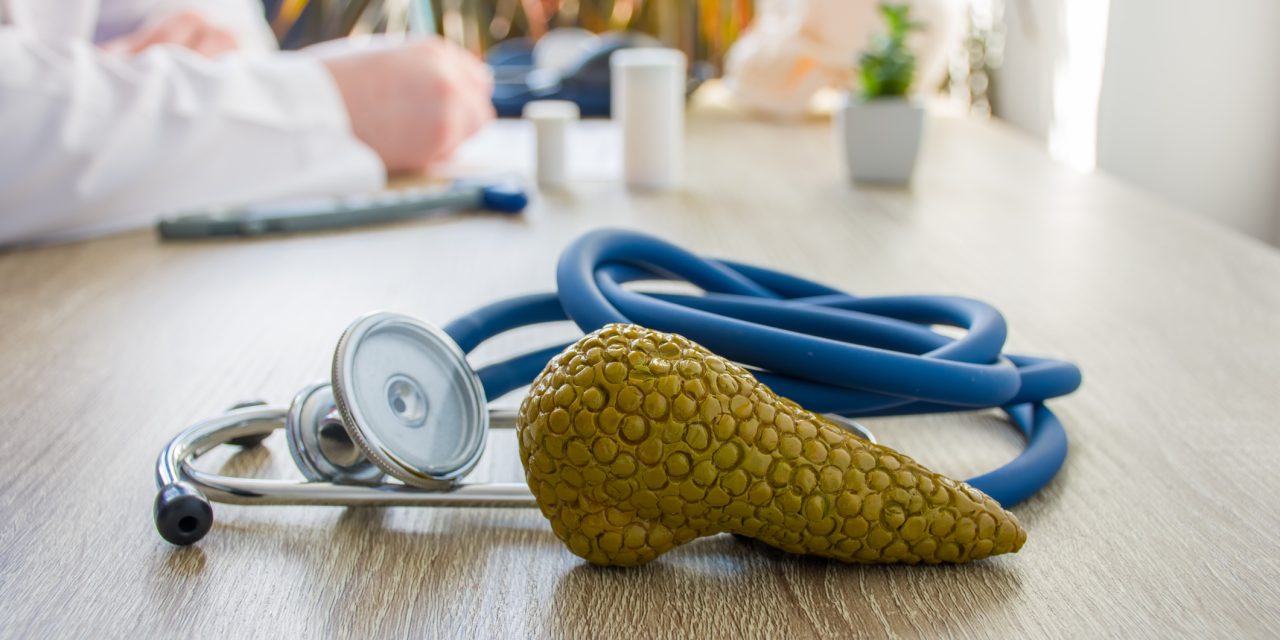Vaginal dryness is common during and after menopause due to declining estrogen. It is one of the symptoms of vulvovaginal atrophy (VVA), which is part of the genitourinary syndrome of menopause. This can be distressing for women and cause pain, discomfort, and dyspareunia. Vaginal dryness affects over 50% of postmenopausal women but is under-reported and thus under-treated due to barriers to seeking help. Estrogen replacement can resolve symptoms, but may be contraindicated or not desired by all women. Over-the-counter vaginal moisturizers and lubricants can ease the symptoms of VVA. However, their chemical composition varies enormously and some are known to cause detrimental effects due to unphysiological pH, osmolality, and additives. The primary purpose of this review is to assess both their efficacy and safety. Women should be directed toward products that are as ‘body-similar’ as possible to vaginal secretions in terms of pH and osmolality. Products with potentially harmful ingredients should be avoided. Lubricants can be trialed for sexual activity and moisturizers for symptom control, even if topical or systemic menopause hormone therapy is being used.
Vaginal lubricants and moisturizers: a review into use, efficacy, and safety.


